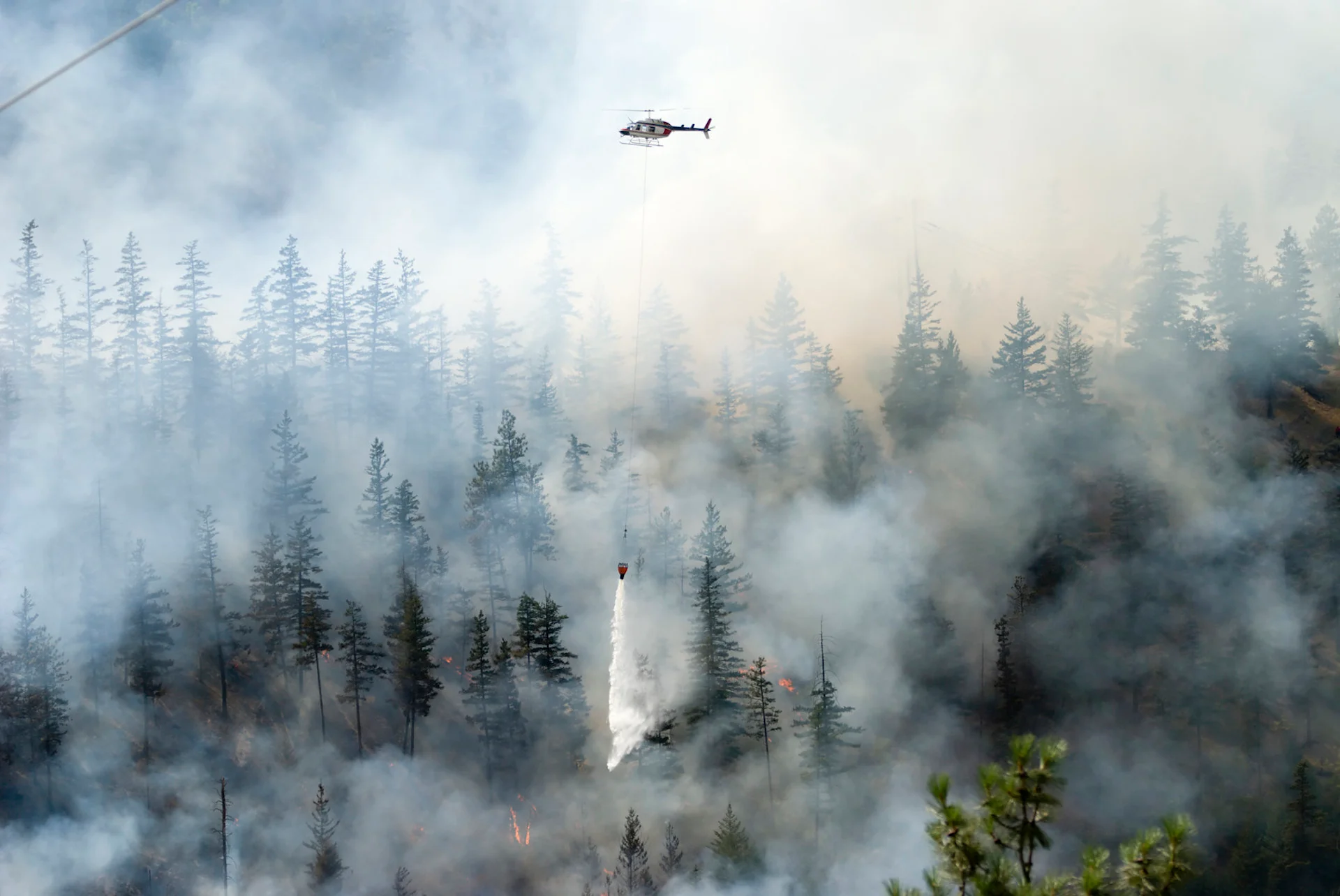
Tracking climate change’s impact on Pacific Northwest’s devastating heat wave
Most meteorologists will work an entire career and never forecast temperatures this frightening and lofty. What happened recently in Lytton, B.C. is a warning of what’s to come, experts say.
Alarm bells were ringing. I was horrified. I've never been genuinely fearful of a hypothetical weather model before. Was the forecast a mistake? A hyperbole? Computer models are known to have many biases and quirks. I thought of the apocalyptic snowstorm prognostications that never come to fruition, but predicting temperature is a different game.
It was deceivingly easy to forecast the most intense heat to ever impact Canada. But the extent of the impact was something that couldn’t easily be summed up in warnings and watches. Heat is the nation's top weather killer — an insidious threat that typically gets a fraction of the press compared to weather disasters like hurricanes and flooding, until now.
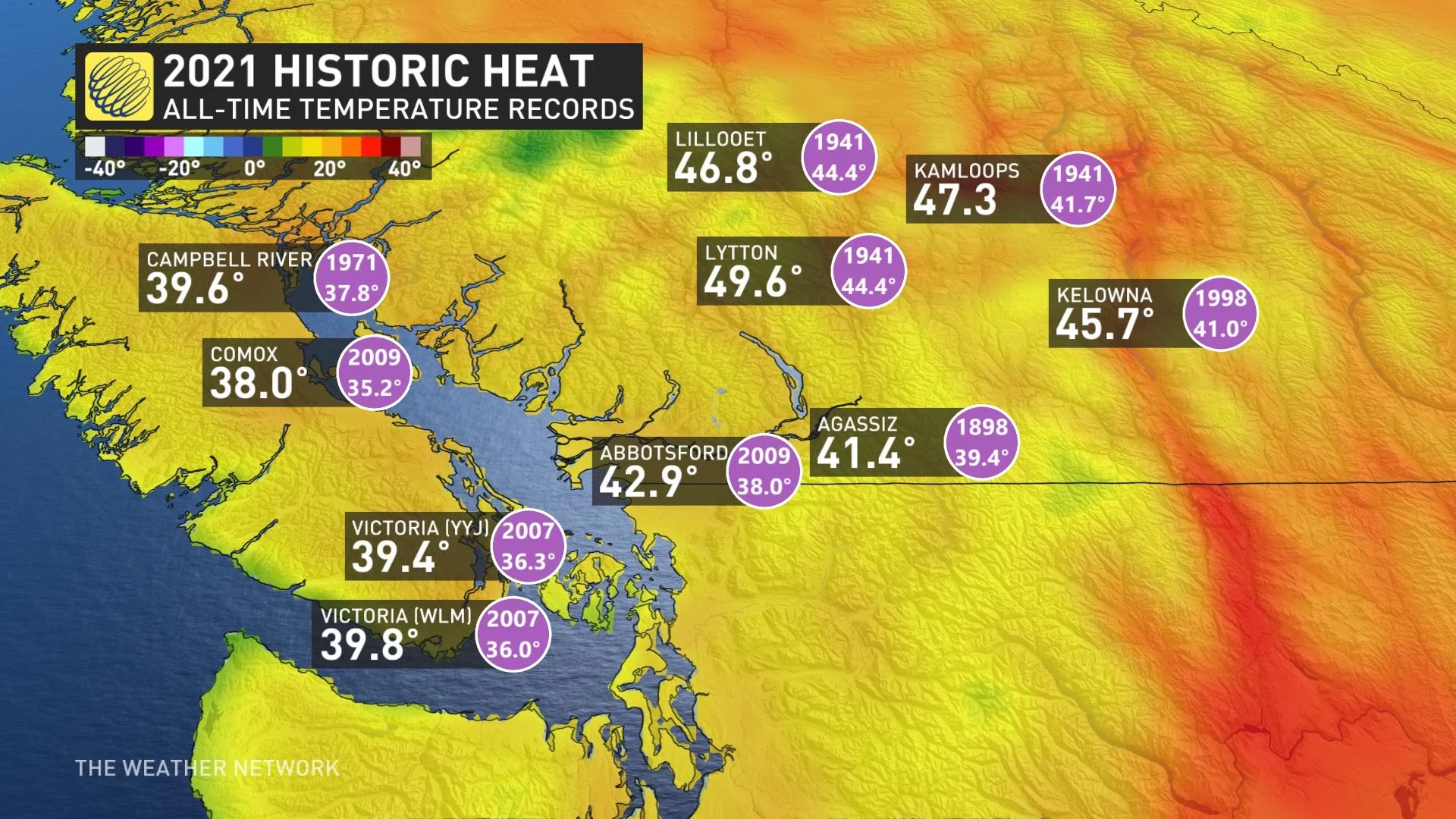
Normally, solar energy evaporates moisture, but drought conditions in the Pacfic Northwest in late June would mean solar energy would continually warm the air. A record-ridge, triggered by Pacific storm activity, added a kink into the jetstream. This forcing, and a moist, southerly flow triggered higher than normal humidex values. This would turbo-charge the temperatures at the surface, rising to heights never before seen in Canada, or even Las Vegas for that matter.
Same with the heat dome, a region of hot, stable air soaring kilometres above the surface, breaking records at myriad levels in the atmosphere. At the beginning of this event, smokeless skies allowed ample energy to reach the surface, and with a blocking pattern in the atmosphere, like a slow-cooker, this traps the heat, so the pattern could incrementally increase the temperature, day-by-day.
By June 23rd, 2021, it became evident this wasn't just any run-of-the-mill heat wave, which would still be a dangerous predicament for the Pacific Northwest; it’s an area that’s scant with accessible air conditioning. Temperatures would ultimately prove to be inhospitable for the most vulnerable. Those who could pay for hotel rooms could escape the heat, but nearly 700 deaths occurred, as of this writing.
On June 27th, 2021, the core of the heat dome rose high above Lytton, B.C. and shattered a Canadian all-time temperature record that stood for nearly 83 years. Seventy-two hours later, after smashing that mark two more times, most of the small British Columbia village was enveloped by flames.
This heat wave was unprecedented and too costly to Canadians. It was a series of weather related variables that simply added up together, all at the same — and wrong time. The climate change connection is irrefutable, since our warming world is making extreme weather events more extreme, and also more likely and frequent. But, simple cause-and-effect is a misleading game; it's not so much that a rapidly changing climate is causing a singular event, per se. The more important question to ask is how much climate change is worsening catastrophic weather events worldwide?
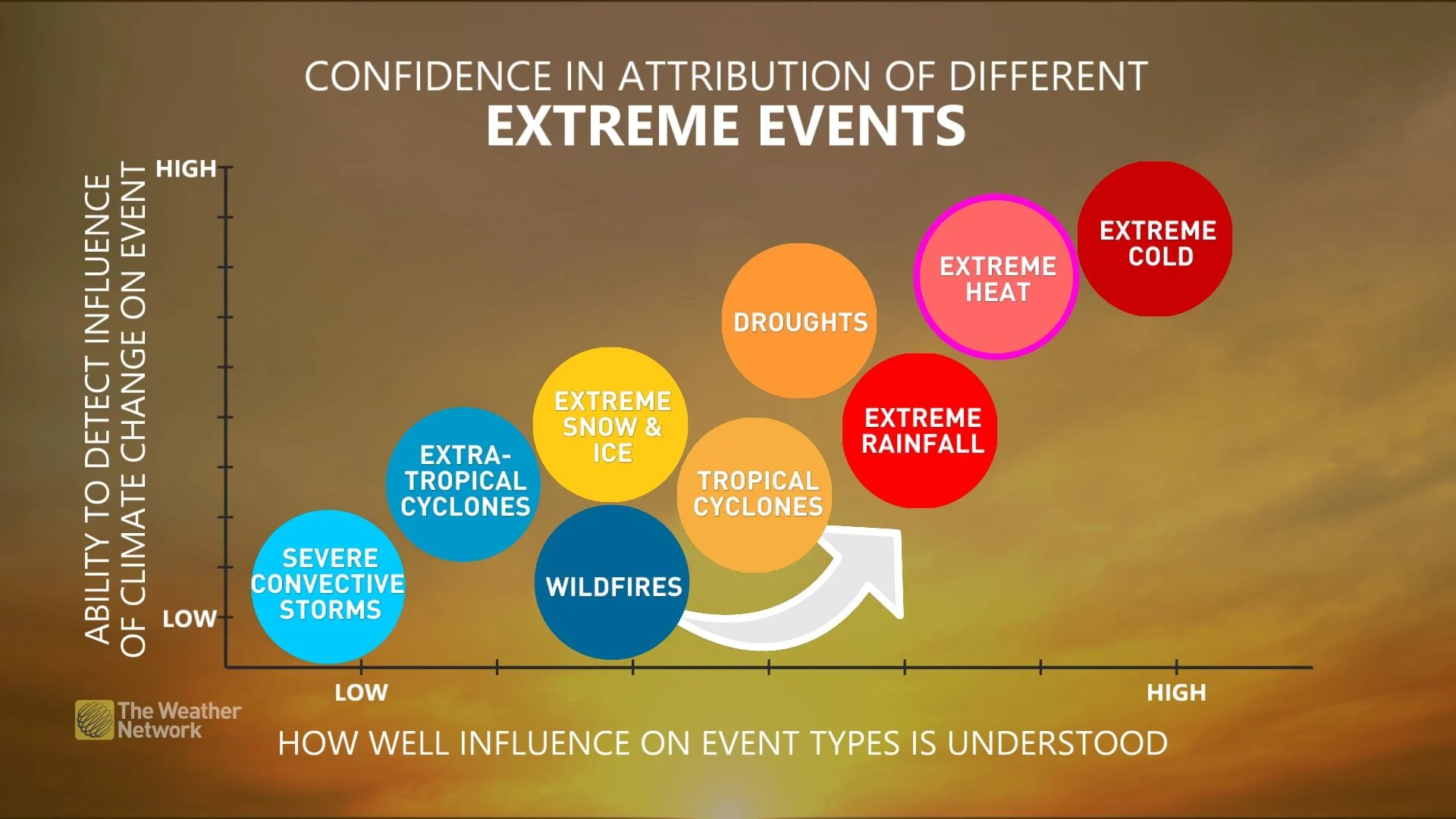
Below is a compilation of the most monumental and incomprehensible statistics that impacted millions of people.
Victoria, B.C. hotter than ever by 3 degrees
Victoria, a demographic that's particularly sensitive to heat, nearly touched 40°C, smashing the previous all-time temperature by over three degrees, with inland temperatures hovering at 25°C or 26°C through the night. Looking at the Saanich Peninsula from space, it's surrounded by cool Pacific water on three sides, making this statistic even more unimaginable. This is the primary reason why Victoria is one of the mildest cities in Canada during the winter, and quite temperate in the summer, averaging just over 21°C as a high for the summer months.
Elsewhere on Vancouver Island, an Environment Canada weather station recorded 45°C at Zeballos, B.C. That value would have tied Canada's warmest temperature in history before the heat wave.
Vancouver, B.C.’s most consecutive hottest days
Vancouver International Airport, nestled close to the comparatively chilly waters of the Salish Sea, recorded four consecutive days above 30°C, for the first time in history. It takes about 14 years, on average, to accrue four of them, so to do it in 96 hours is simply unprecedented.
Burnaby, B.C.’s record hot night
A new Canadian minimum temperature record occurred at Simon Fraser University, located on Burnaby Mountain in the Lower Mainland — in other words, SFU saw the hottest night ever in Canada. It's a symbol of the sleepless nights and the ultimate toll extreme heat causes. The vulnerable fail to recover at night, and each warm night incrementally adds stress. This was homegrown heat, not an air mass that ‘blew in’ from somewhere else, like the desert southwest. This one cropped up right in our own backyard.
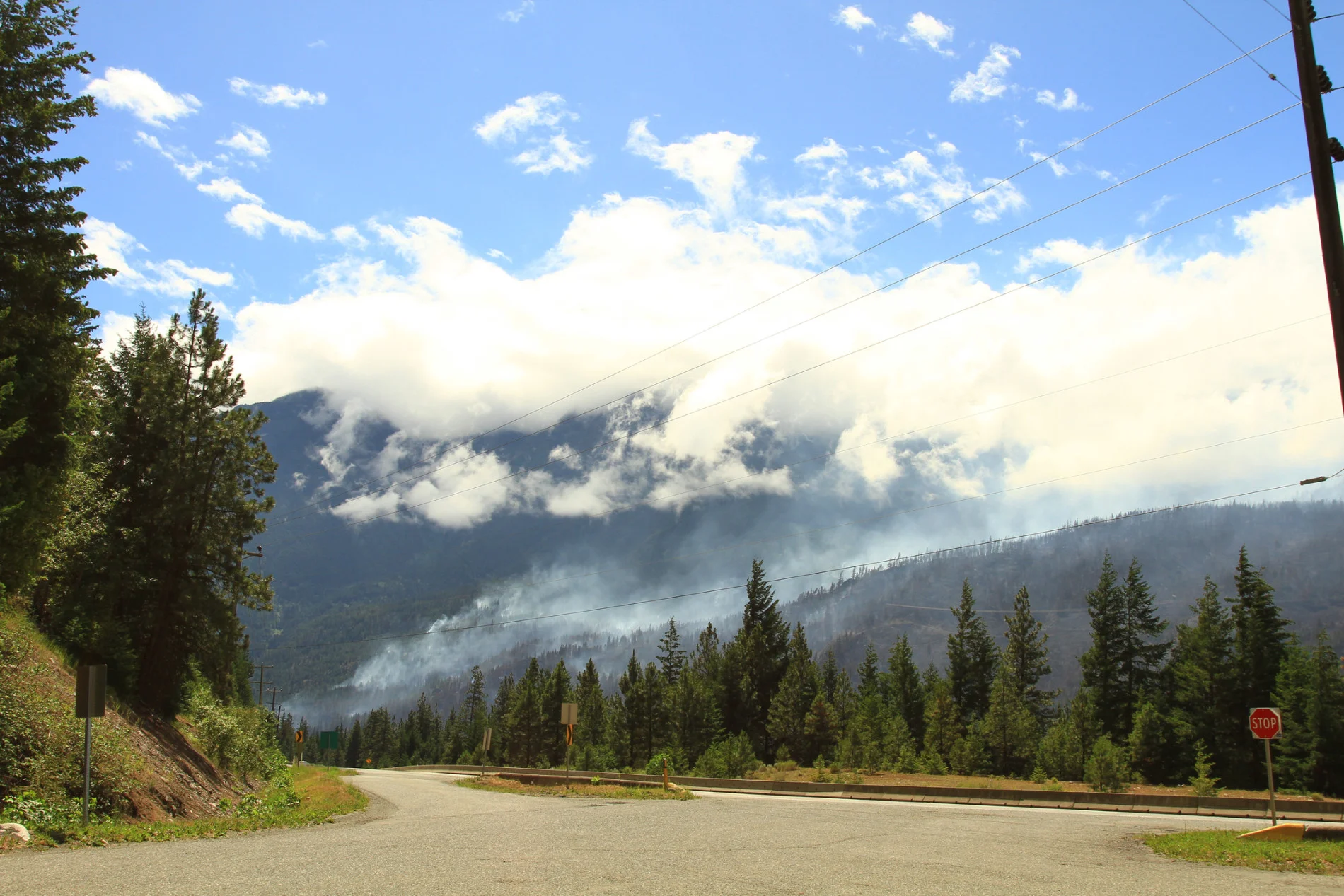
Smoke from the wildfire in Lytton, British Columbia. (© Right. Photo. Moment Open. Getty Images)
Abbotsford, B.C.: it's not the heat, it's the humidity
The humidex is one of the most misunderstood terms in the meteorologists' lexicon. If moisture can't readily evaporate from our skin, it'll feel warmer than the ambient temperature. It's called the wet-bulb temperature, and your skin will get continually hotter. On June 28th, at 3PM Pacific time, the humidex topped 50 in the Fraser Valley, an unprecedented threshold for the Lower Mainland and a significant contributor to the unheard-of amount of 911 calls due to heat.
Jasper, AB: heat wave in the mountains
If the temperature anomalies at sea level were surreal, the temperature anomalies in the alpine were downright disturbing. Many alpine locations remained well into the 20s as overnight lows, soaring into the low 40s in the afternoons. The rapid snow and ice melt at elevation was apparent with rising streamflows, flood warnings, and snowmelt visible on satellite imagery.
Fort Smith, N.W.T., where record heat hits the Arctic, too
Trekking above the 60th parallel, the warmest temperature recorded this far north on the planet is now infamously Fort Smith, N.W.T. at 39.9°C. The humidex was mind-numbingly high at nearly 50 — conditions never experienced in this climate. The northern latitudes are taking the brunt of recent warming trends as the arctic is disproportionately warming compared to lower latitudes.

Lytton, B.C. smashing the all-time heat record three days in a row
The village of Lytton set Canada's national temperature record three times, then literally caught on fire. The latest reports suggest that the fire was human-caused, but the conditions were primed for the fire to spread rapidly, destroying 90 per cent of the town itself.
Most meteorologists work their entire career and never forecast temperatures this high in Lytton. To smash such a seemingly untouchable record, and to crumple that record two additional times, solidifies the notion of a drastically changing climate. We have the highest confidence that extreme heat has the fingerprints of climate change all over it — it’s a warning of what’s to come.
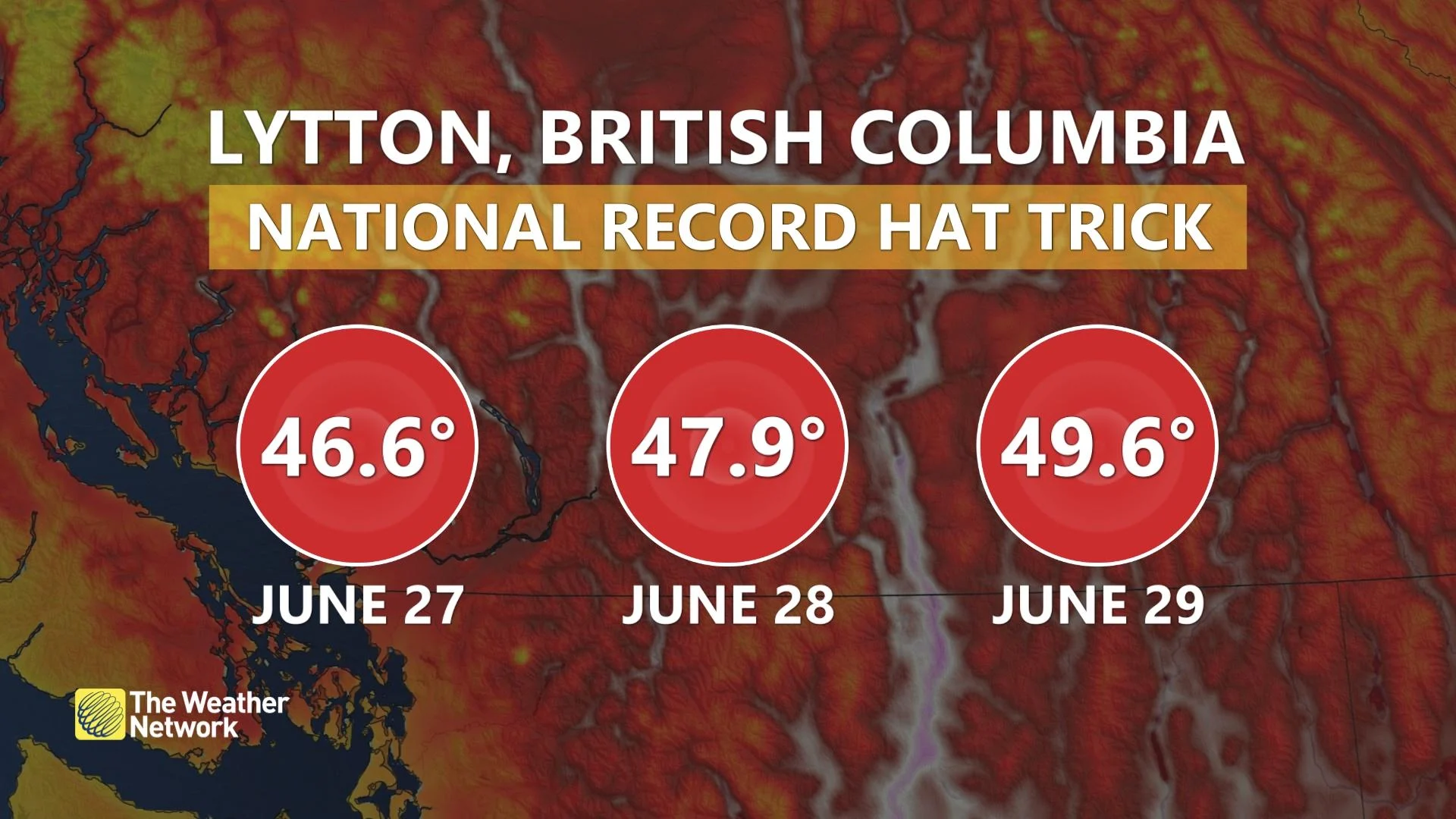
With B.C. still very much smouldering and left incredibly fire-prone with the antecedent conditions, it's only the beginning of a potentially dire summer with poor air quality due to wildfire smoke, even across the Lower Mainland. Just like August 2017, August 2018, and September 2020.
Thumbnail credit: Mooneydriver. E+. Getty Images











